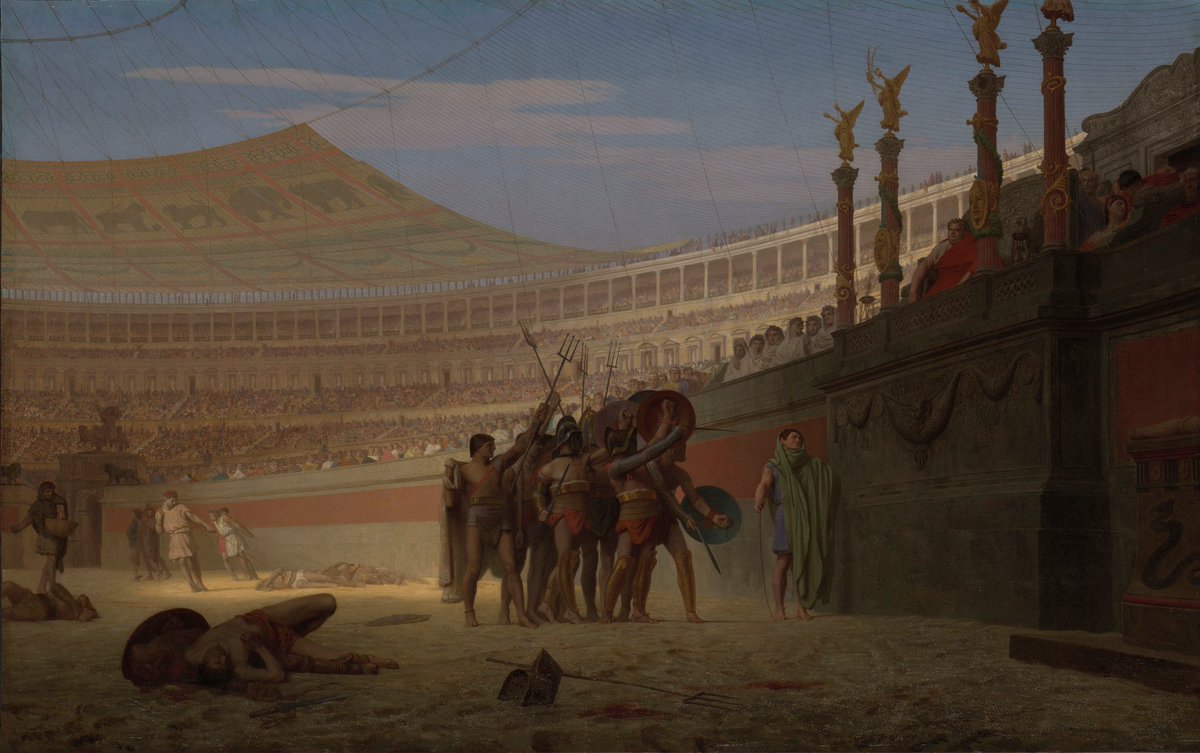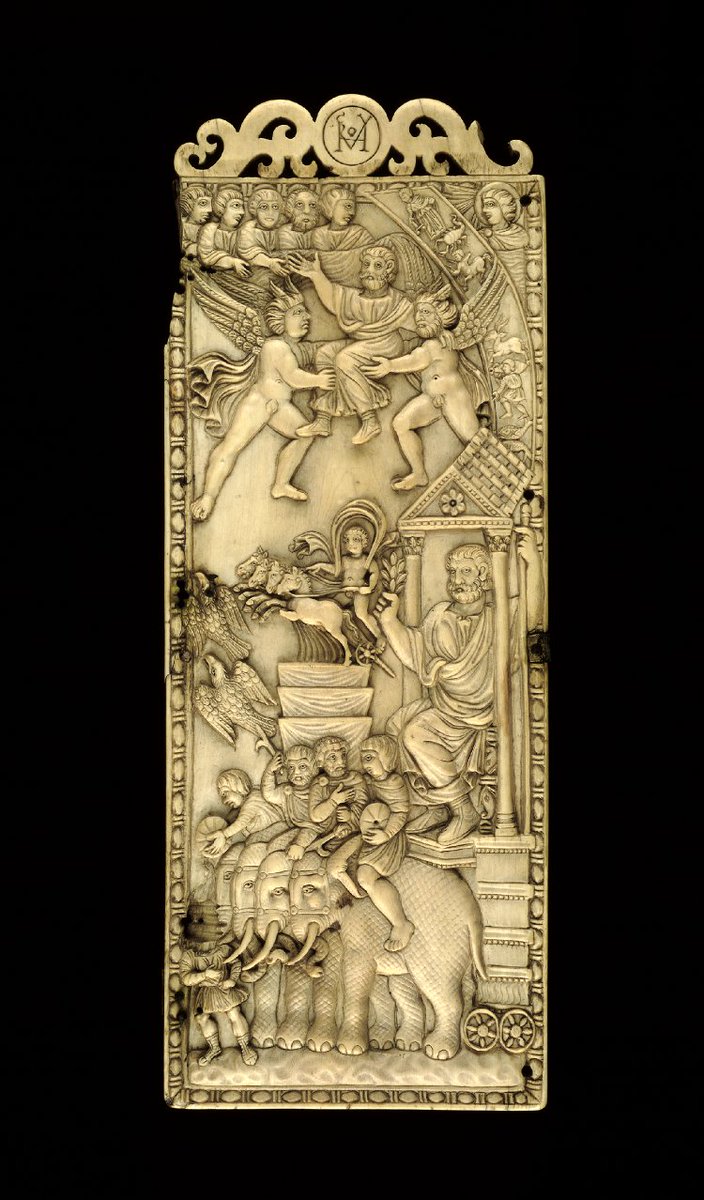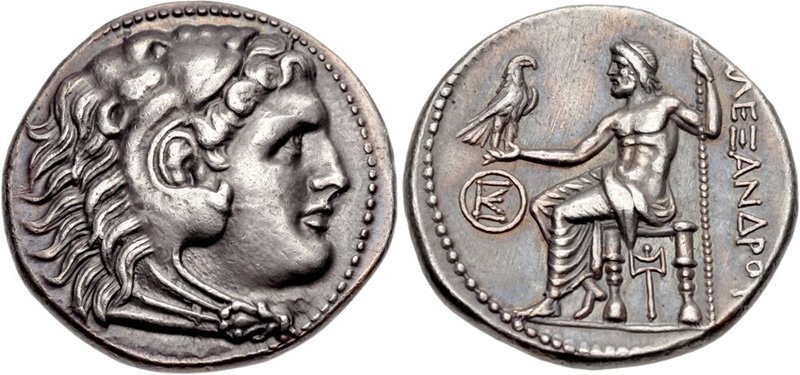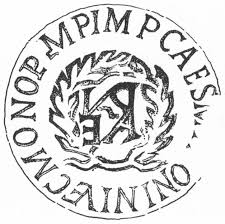Beard begins with her favorite painting in the Getty collection—“The Age of Augustus, the Birth of Christ” by Jean-Léon Gérôme gty.art/2kRt5SF
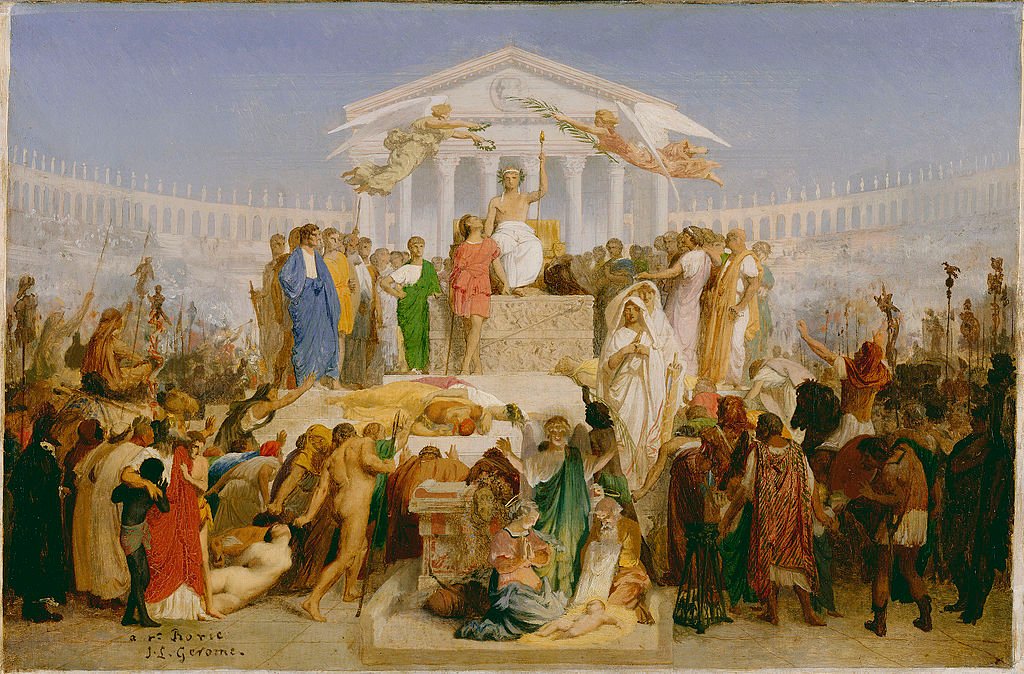
The emperor here? Augustus, leader of Rome at the time of Jesus's birth.
(From @LACMA: gty.art/2m1hJvx
gty.art/2lVJ0Q6)
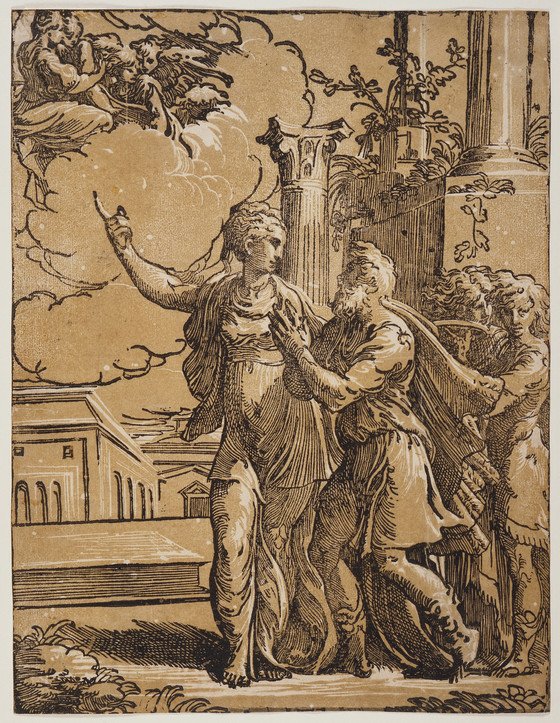
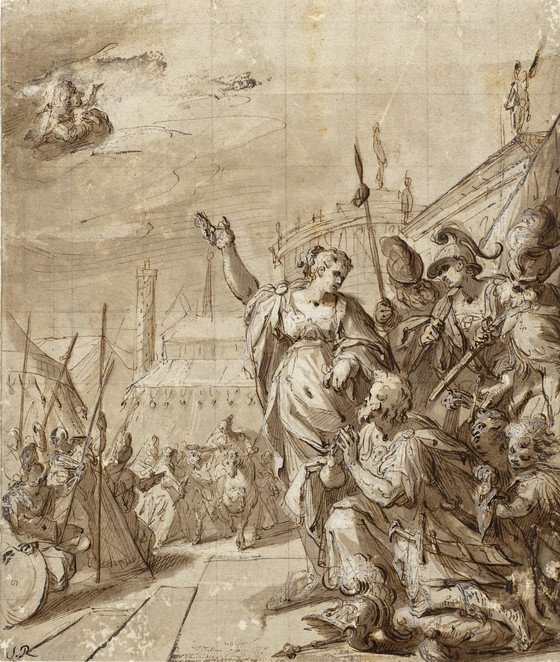
Roman emperors do indeed appear as (and on!) wallpaper, but they also appear in art for a reason.
Looking critically at how emperors are depicted enriches our understanding of the art in which they appear, she says.
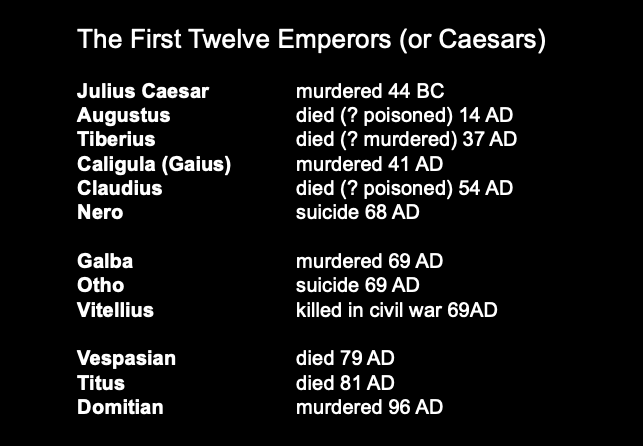
@wmarybeard has even found a Vitellius in an antique shop; the clerk claimed it once belonged to Andy Warhol. (It was out of her price range, alas.)
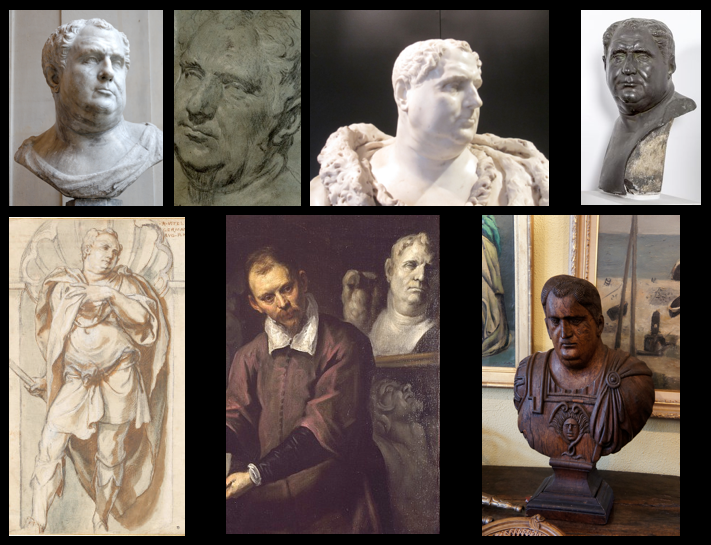
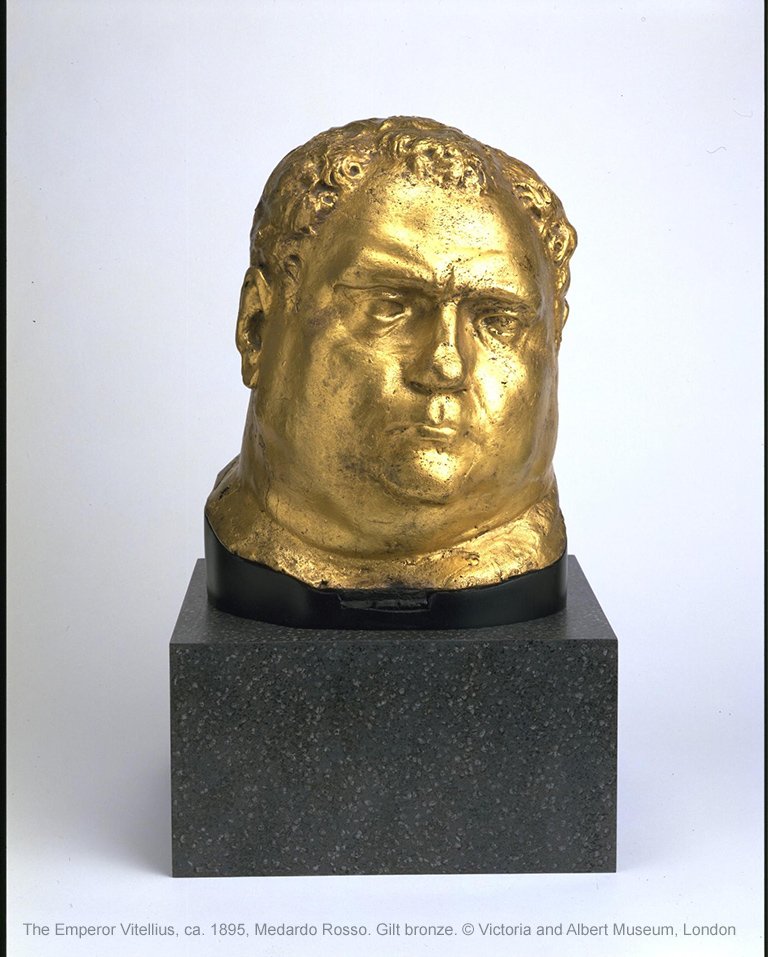
Case in point: “Romans of the Decadence” in @MuseeOrsay, gty.art/32NrOfR (find Vitellius lolling at front left).
See Titian's (now-lost) paintings of emperors, which present them in a glorious light.
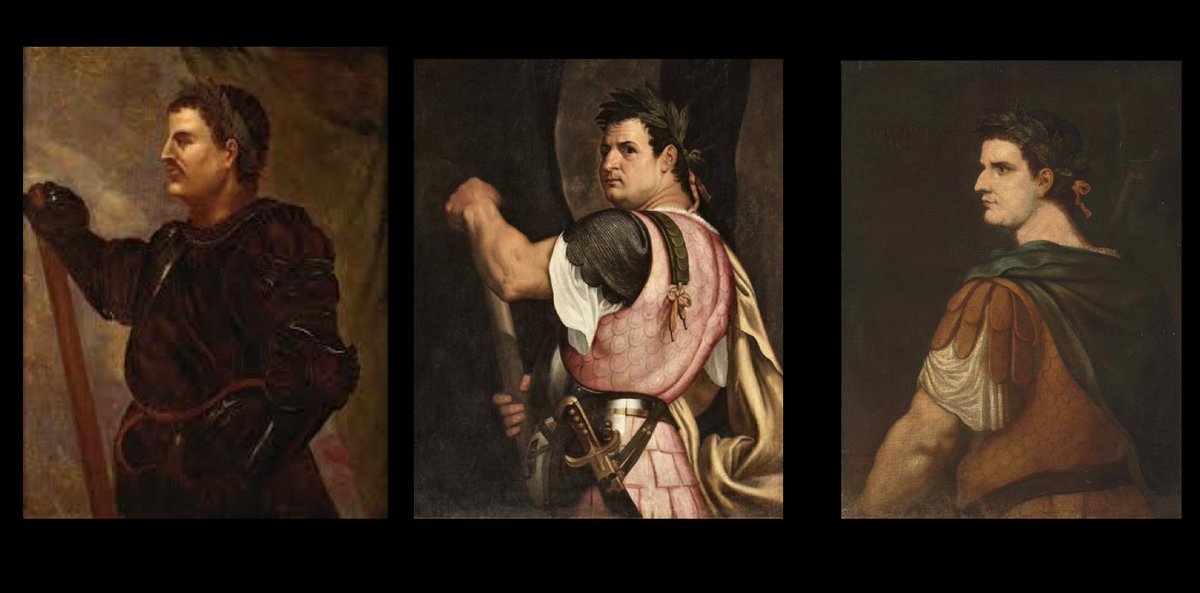
The *captions* on prints of these glorious Titians caution us about "the terrible ills of sad power...factional fear of discord and civil plotting..."
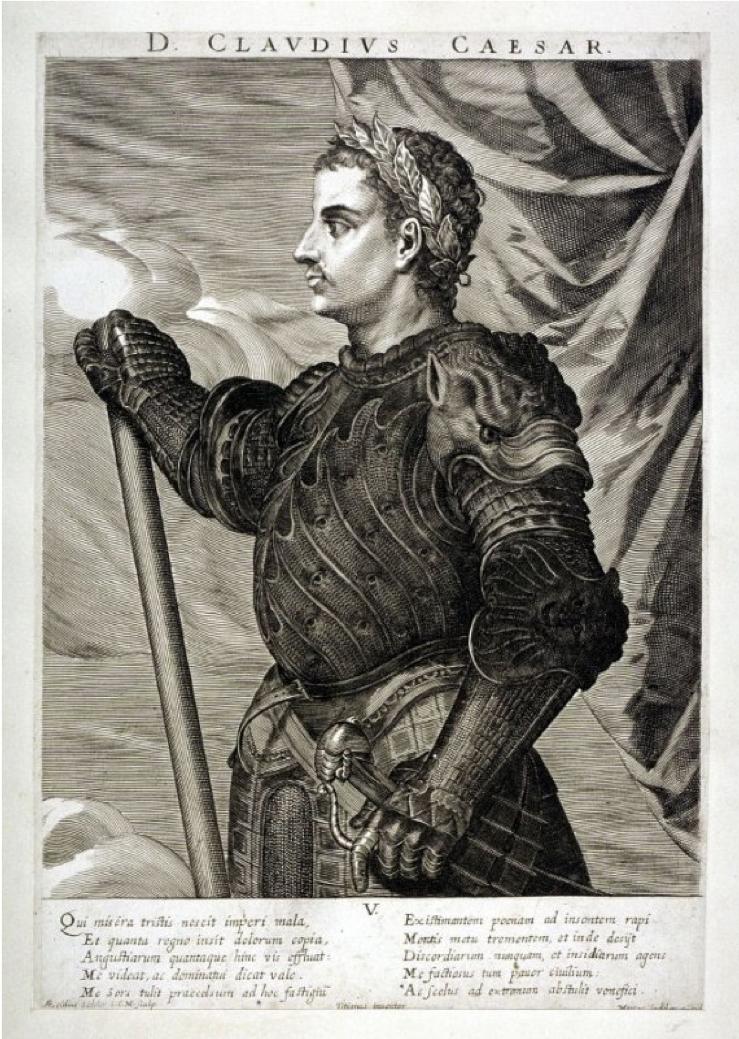
@wmarybeard has an idea.

"And that, I suppose, is the point of this lecture: emperors are there in paintings to get us to think about them."
